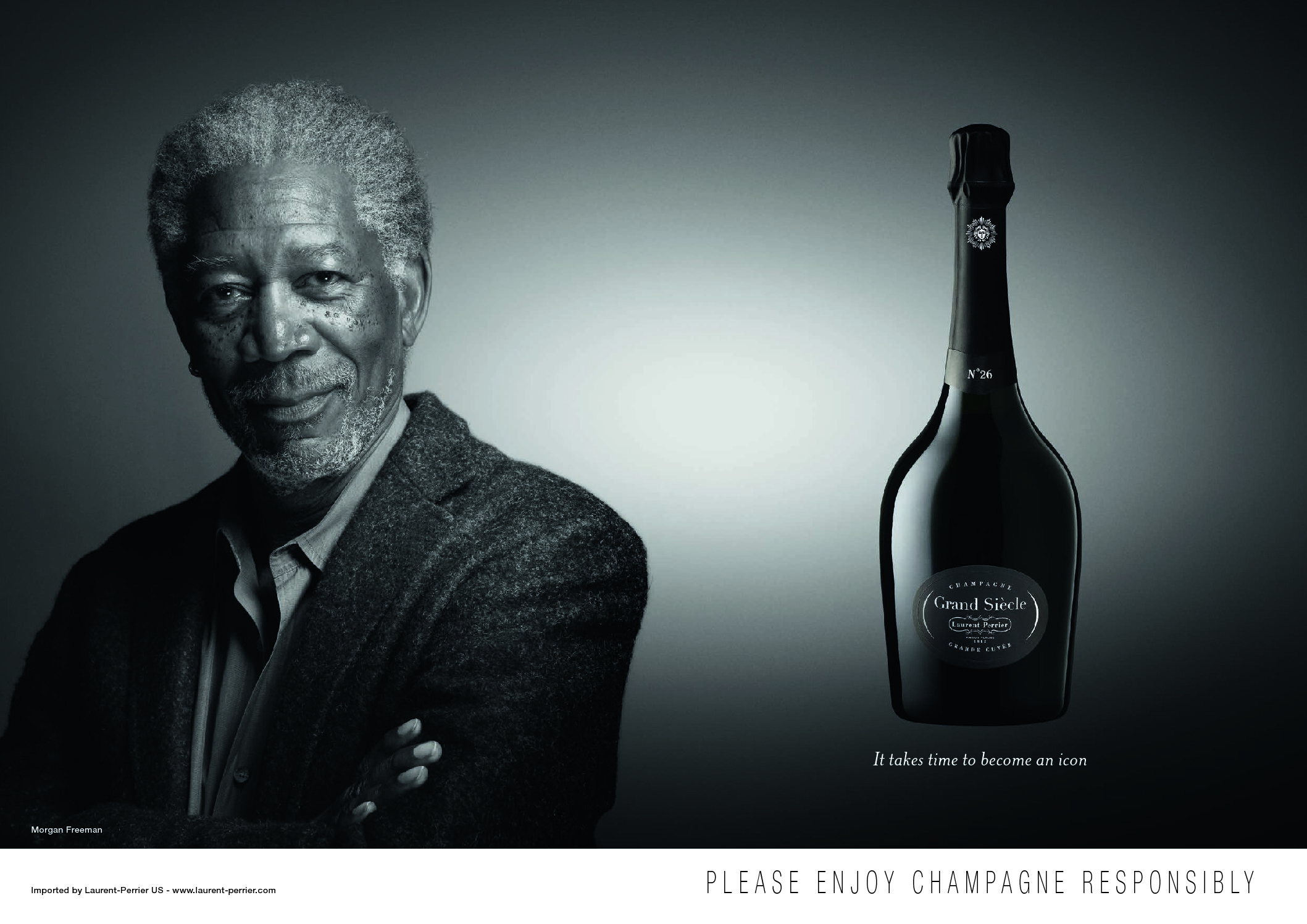Some lunches are just a bit more elevated than others, and this one was one of them! A group of us celebrated “Barolo Week” last week with Roberto Bruno, COO of Fontanafredda Wines at One Restaurant, The Hazelton Hotel, Toronto. Roberto came from Alba, Italy for the exquisite food and wine pairing lunch, organized by Galleon Wines.
A great selection of Fontanfredda Wines were paired with some exceptional cuisine prepared by Executive Chef Darby Piquette.
Roberto walked us through the history of the wine estate; and the technical notes, vinification, aging, and tasting notes of each wine.
The wine and food pairing included:
- Amuse bouche, belini with caviar, tuna sashimi bites – Paired with Alta Langa Contessa Rose Brut 2017
- Beet salad with whipped chevre, granola and baby spinach – Paired with Gavi di Gavi 2020 and Timorrasso 2022
- Tatlietelle (housemade) with shaved truffle – Paired with Barolo Platinum label 2019
- Beef tenderloin, garlic pomme puree sauteed spinach, au jus – Paired with Barolo Seralunga d’Alba 2018 and 2019
- Montebello pasteurized cheese – Paired with Barolo Vigna La Rosa 2013
The best pairing for me was the last one. First of all tasting notes for the Barolo, include:
Medium garnet in colour; developing nose of dark red fruit, strawberry, black pepper, licorice, some smokiness, and leather; closely woven tannins almost velvety; offers firm structure and elegance; medium length finish. An excellent Barolo!
Excellent pairing with this mature cheese due to its smokiness and strong flavors.
Website link: https://www.fontanafredda.it/en/

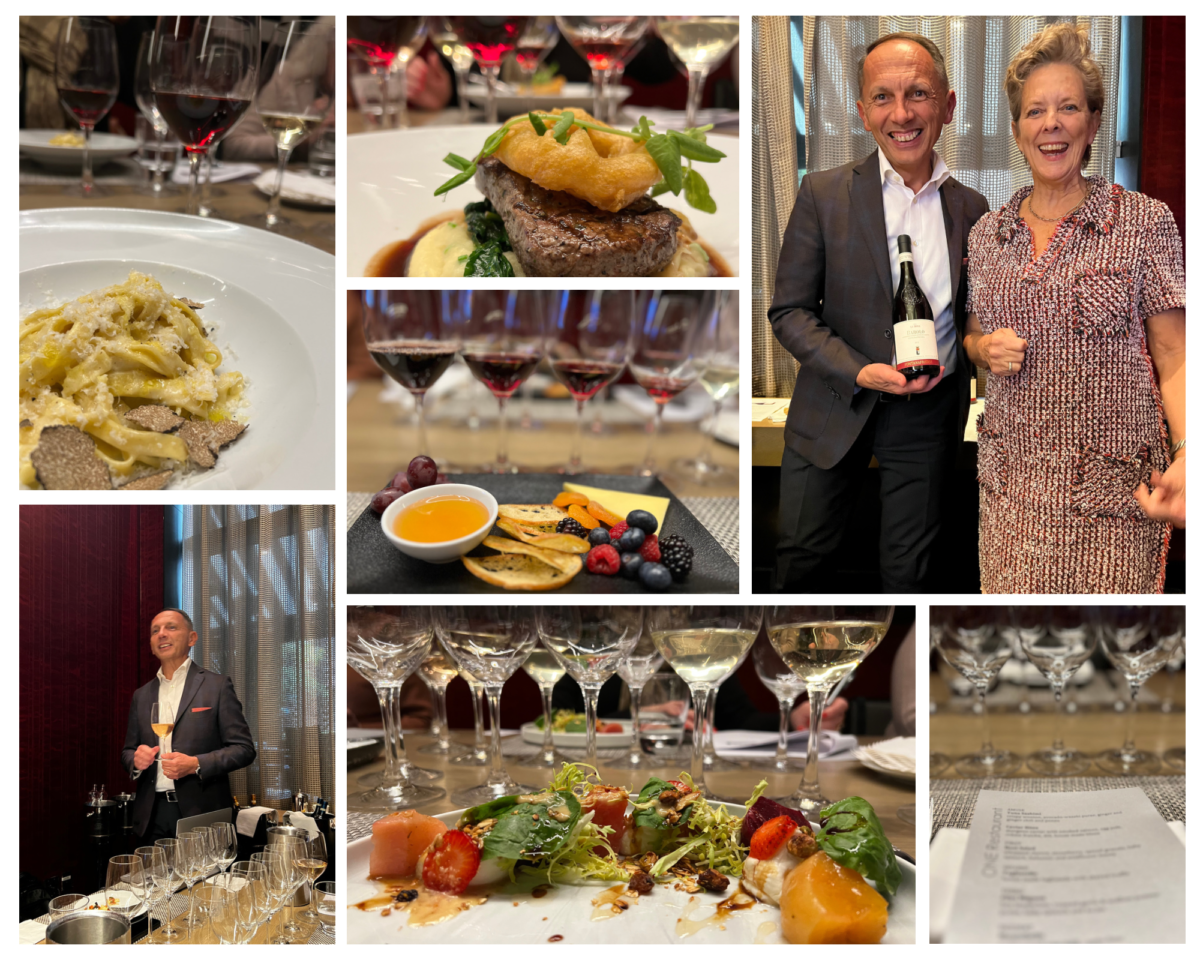
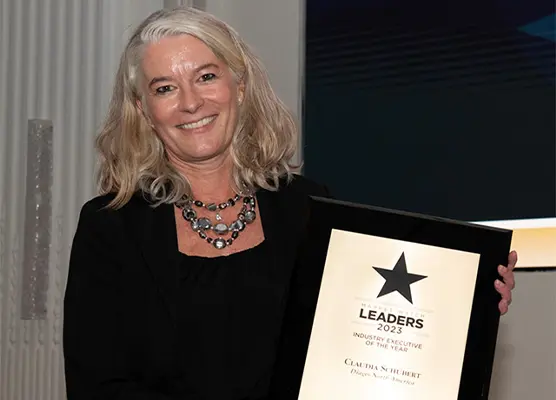
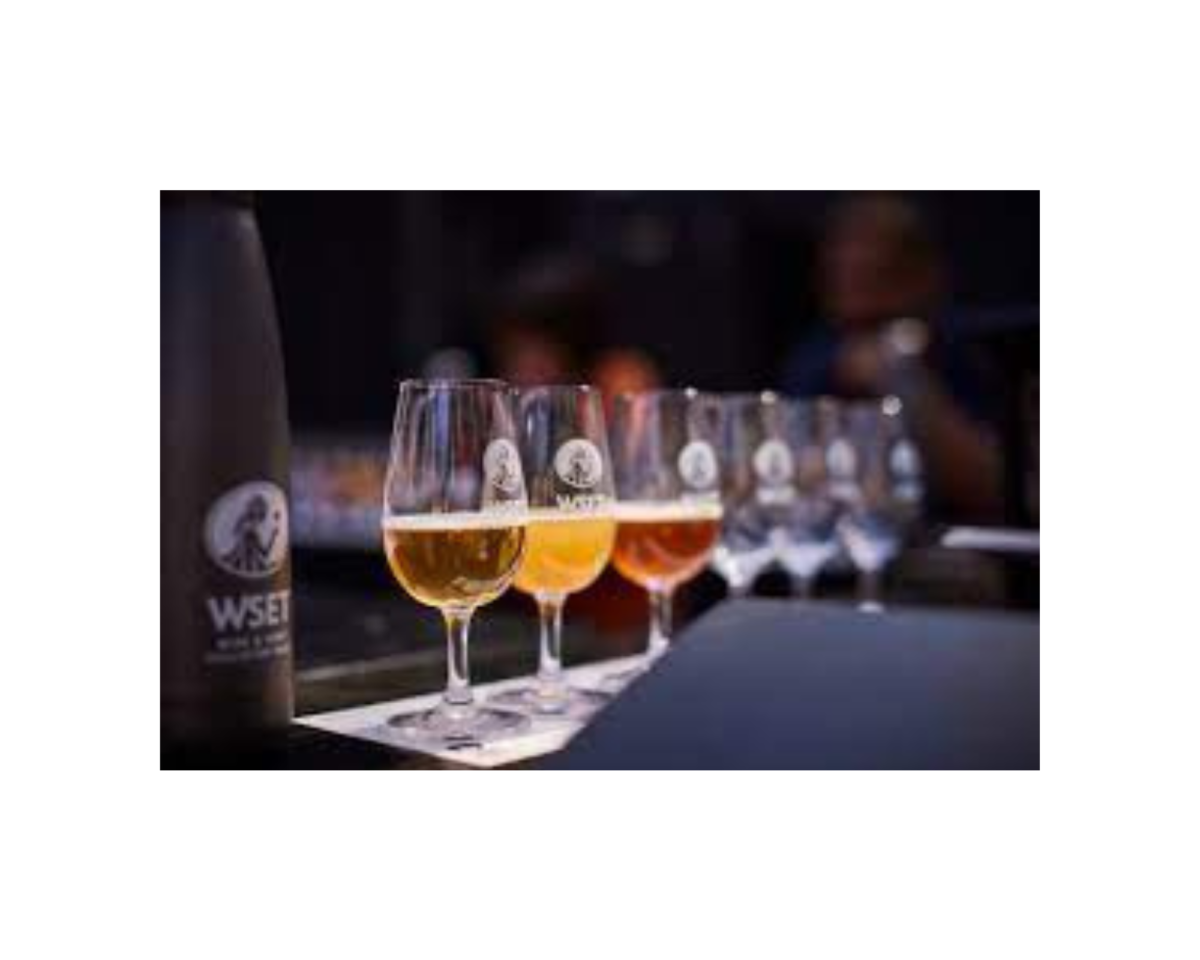
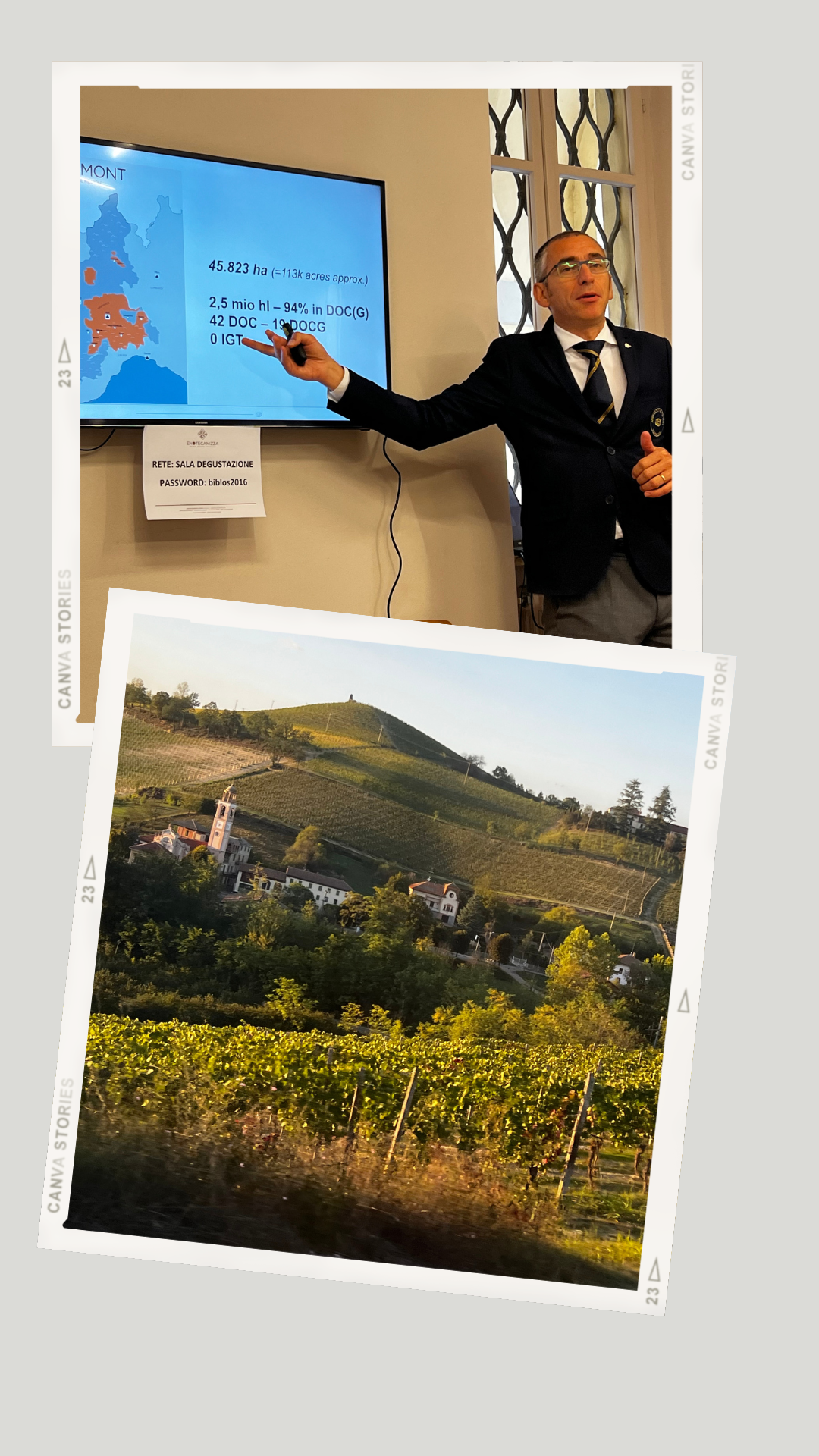
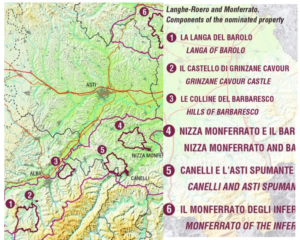
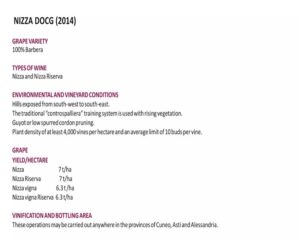
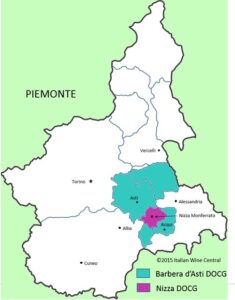 Wines of Barbera d’Asti & Monferrato
Wines of Barbera d’Asti & Monferrato